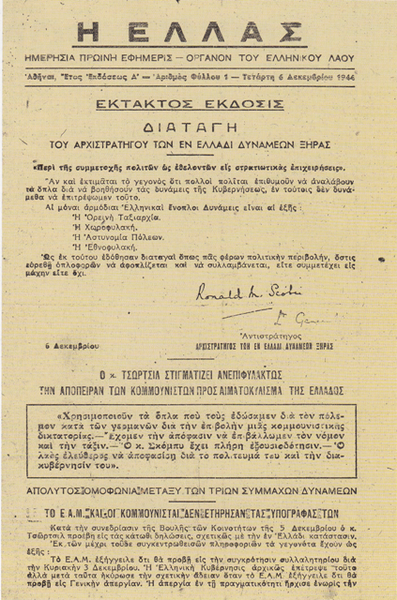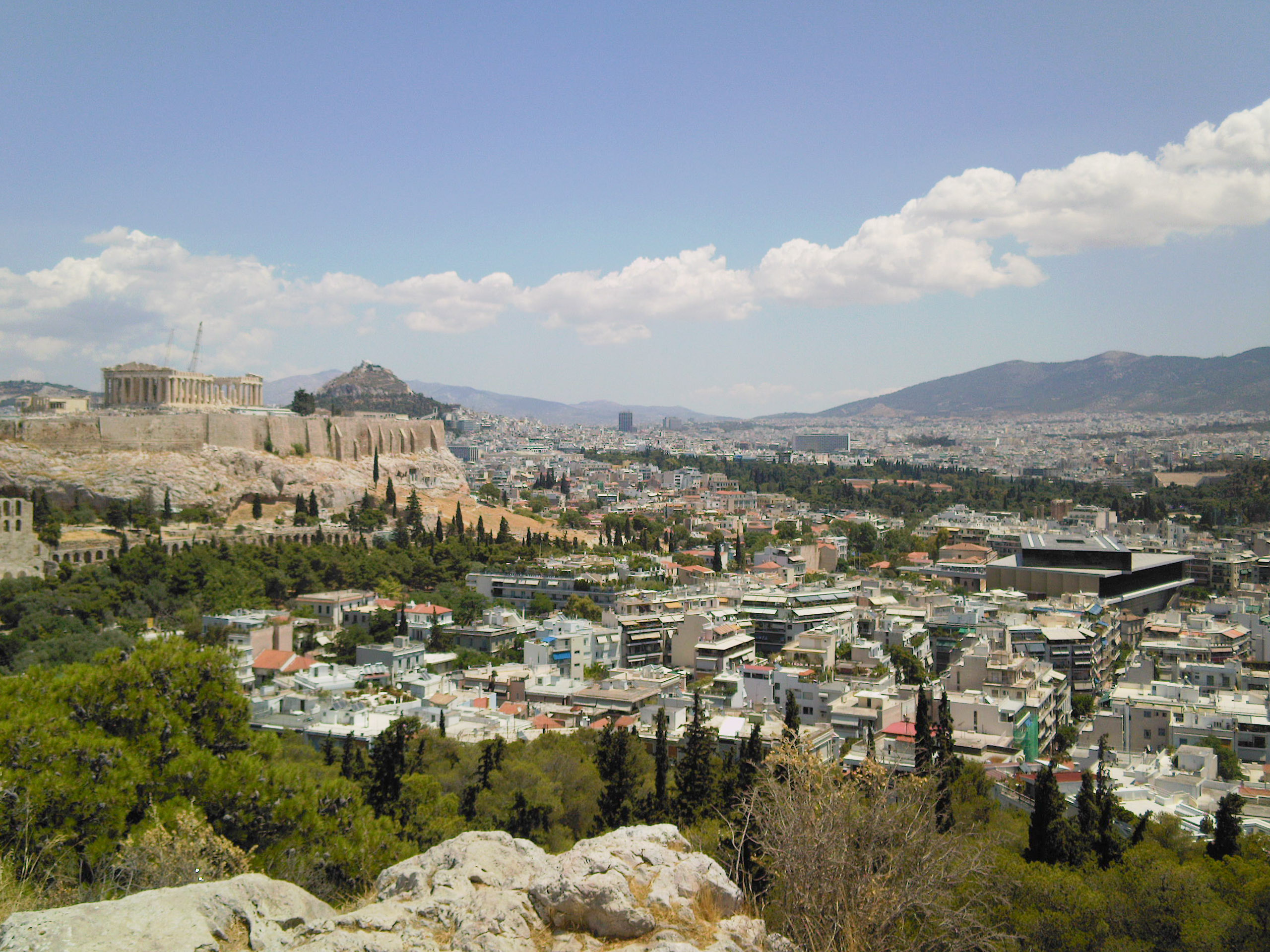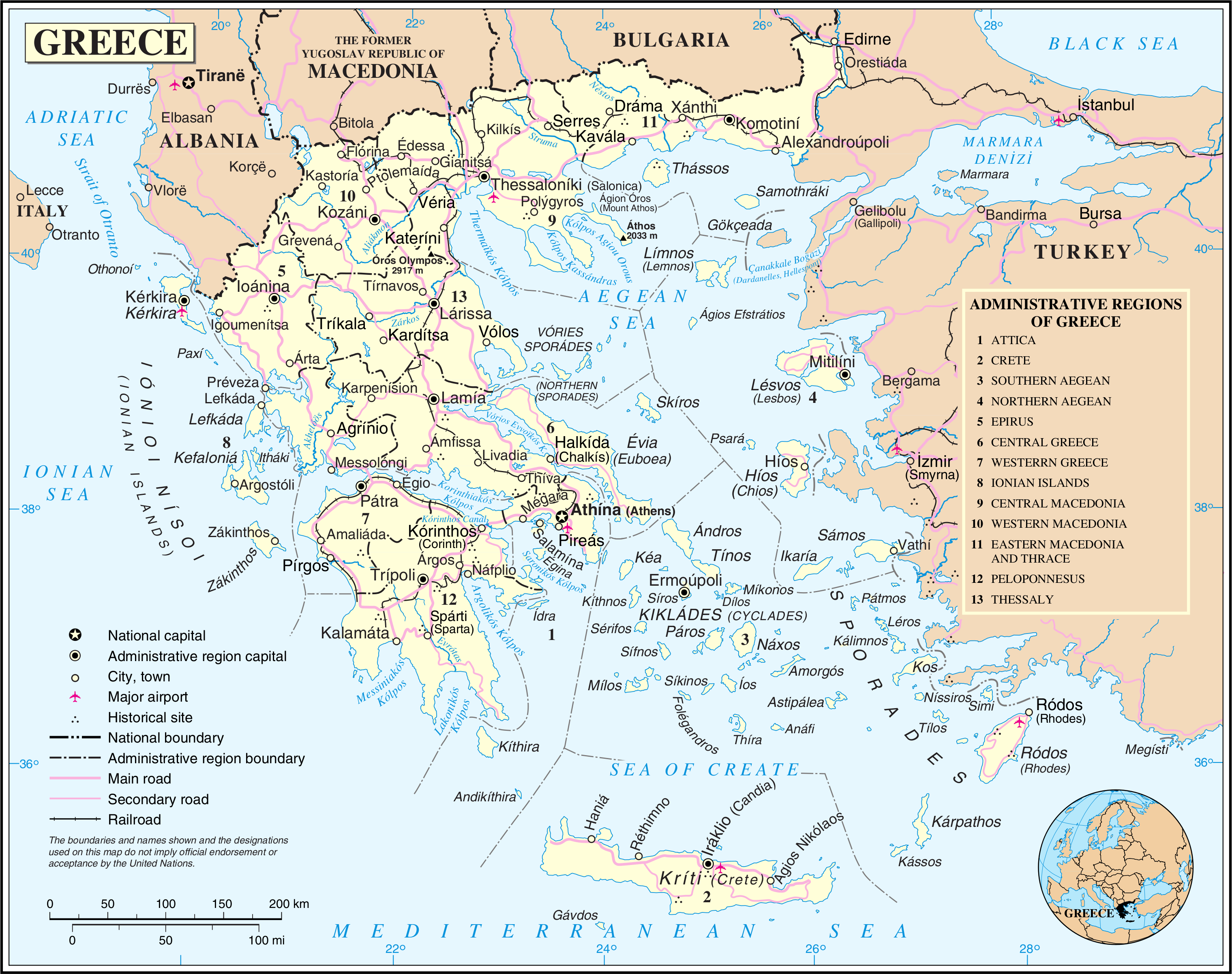|
Makrygianni Street
Makrygianni or Makriyanni ( el, Μακρυγιάννη, ) is a neighborhood of Athens, Greece. Also known as Acropolis, it is located in the south side of Acropolis and bounded between the avenues Dionysiou Areopagitou and Syngrou. The district is named after Ioannis Makrygiannis, Greek general of the Greek War of Independence, who used to own a house and fields in the area. Opposite the house of Ioannis Makrygiannis a military hospital was built – known as ''Weiler Building'' after the architect who designed it. This building was later used as gendarmerie headquarters and a violent battle took place there during the Dekemvriana, in 1944. In the Makrygianni neighbourhood is located the new Acropolis Museum that was inaugurated in 2009. See also * Museum of the Center for the Acropolis Studies A museum ( ; plural museums or, rarely, musea) is a building or institution that cares for and displays a collection of artifacts and other objects of artistic, cultural, historic ... [...More Info...] [...Related Items...] OR: [Wikipedia] [Google] [Baidu] |
Greece
Greece,, or , romanized: ', officially the Hellenic Republic, is a country in Southeast Europe. It is situated on the southern tip of the Balkans, and is located at the crossroads of Europe, Asia, and Africa. Greece shares land borders with Albania to the northwest, North Macedonia and Bulgaria to the north, and Turkey to the northeast. The Aegean Sea lies to the east of the Geography of Greece, mainland, the Ionian Sea to the west, and the Sea of Crete and the Mediterranean Sea to the south. Greece has the longest coastline on the Mediterranean Basin, featuring List of islands of Greece, thousands of islands. The country consists of nine Geographic regions of Greece, traditional geographic regions, and has a population of approximately 10.4 million. Athens is the nation's capital and List of cities and towns in Greece, largest city, followed by Thessaloniki and Patras. Greece is considered the cradle of Western culture, Western civilization, being the birthplace of Athenian ... [...More Info...] [...Related Items...] OR: [Wikipedia] [Google] [Baidu] |
Dekemvriana
The ''Dekemvriana'' ( el, Δεκεμβριανά, "December events") refers to a series of clashes fought during World War II in Athens from 3 December 1944 to 11 January 1945. The conflict was the culmination of months of tension between the communist EAM, some parts of its military wing, the ELAS stationed in Athens, the KKE and the OPLA from one side and from the other side, the , some parts of the Hellenic Royal Army, the Hellenic Gendarmerie, the Cities Police, the far-right Organization X, among others and also the British Army. Regardless of the tensions between the left and the right, in May 1944 it had been roughly agreed in the Lebanon Conference that all non-collaborationist factions would participate in a Government of National Unity; eventually 6 out of 24 ministers were appointed by EAM. Additionally, a few weeks before the withdrawal of the German troops in October 1944, it had been reaffirmed in the Caserta Agreement that all collaborationist forces would b ... [...More Info...] [...Related Items...] OR: [Wikipedia] [Google] [Baidu] |
Zappeion
The Zappeion ( el, Ζάππειον Μέγαρο, Záppeion Mégaro, ) is a large, palatial building next to the National Gardens of Athens in the heart of Athens, Greece. It is generally used for meetings and ceremonies, both official and private and is one of the city's most renowned modern landmarks. Constructing the Zappeion In 1869, the Greek Parliament allocated of public land between the Palace Gardens and the ancient Temple of Olympian Zeus, and also passed a law on 30 November 1869, "for the building works of the Olympic Games", as the Zappeion was the first building to be erected specifically for the revival of the Olympic Games in the modern world. The ancient Panathenian stadium was also refurbished as part of the works for the Olympic Games. Following some delay, on 20 January 1874, the cornerstone of the building was laid; this new building would be designed by Danish architect Theophil Hansen. Finally, on 20 October 1888, the Zappeion opened. Unfortunately for it ... [...More Info...] [...Related Items...] OR: [Wikipedia] [Google] [Baidu] |
Kynosargous
Kynosargous ( el, Κυνοσάργους ), up until 1908 known as Dourgouti"Η μετονομασία των Συνοικιών των Αθηνών". '' Σκριπ''. 7 August 1908. ( el, Δουργούτι ), is a small neighborhood of Athens, Greece. It is named after the Cynosarges which is thought to have been in the area in antiquity. It is served by Syngrou–Fix station on Line 2 of the Athens Metro The Athens Metro ( el, Μετρό Αθήνας, Metro Athinas, translit-std=iso) is a rapid-transit system in Greece which serves the Athens urban area and parts of East Attica. Line 1 opened as a conventional steam railway in 1869 and electrif .... Notes References Neighbourhoods in Athens {{Athens-geo-stub ... [...More Info...] [...Related Items...] OR: [Wikipedia] [Google] [Baidu] |
Philopappos Monument
The Philopappos Monument ( el, Μνημείο Φιλοπάππου, , ) is an ancient Greek mausoleum and monument dedicated to ''Gaius Julius Antiochus Epiphanes Philopappos'' or ''Philopappus'', ( el, Γάιος Ιούλιος Αντίοχος Επιφανής Φιλόπαππος, 65–116 AD), a prince from the Kingdom of Commagene. It is located on Mouseion Hill in Athens, Greece, southwest of the Acropolis. Origins Philopappos died in 116, and his death caused great grief to his sister Julia Balbilla, citizens of Athens and possibly to the imperial family. As a dedication to honor the memory of Philopappos, Balbilla with the citizens of Athens erected a tomb structure on Muses Hill () near the Acropolis of Athens. His marble tomb monument is still known as the Philopappos (or Philopappou) Monument, and the hill is today known as Philopappou Hill (). The Greek geographer Pausanias describes Philopappos’ grand tomb as a ''monument built for a Syrian man''. The monument w ... [...More Info...] [...Related Items...] OR: [Wikipedia] [Google] [Baidu] |
Plaka
Pláka ( el, Πλάκα) is the old historical neighborhood of Athens, clustered around the northern and eastern slopes of the Acropolis, and incorporating labyrinthine streets and neoclassical architecture. Plaka is built on top of the residential areas of the ancient town of Athens. It is known as the "Neighborhood of the Gods" due to its proximity to the Acropolis and its many archaeological sites. Name The name ''Plaka'' was not in use until after the Greek War of Independence. Instead, the Athenians of that time referred to the area by various names such as ''Alikokou'', ''Kontito'', or ''Kandili'', or by the names of the local churches. The name ''Plaka'' became commonly in use in the first years of the rule of King Otto. The origin of the name is uncertain: it has been theorized to come from Arvanite ''Pliak Athena'', meaning 'Old Athens', from Albanian ''plak'' 'old', or from the presence of a plaque (Greek: πλάκα; romanized: ''plaka'') which once marked its cen ... [...More Info...] [...Related Items...] OR: [Wikipedia] [Google] [Baidu] |
Museum Of The Center For The Acropolis Studies
A museum ( ; plural museums or, rarely, musea) is a building or institution that cares for and displays a collection of artifacts and other objects of artistic, cultural, historical, or scientific importance. Many public museums make these items available for public viewing through exhibits that may be permanent or temporary. The largest museums are located in major cities throughout the world, while thousands of local museums exist in smaller cities, towns, and rural areas. Museums have varying aims, ranging from the conservation and documentation of their collection, serving researchers and specialists, to catering to the general public. The goal of serving researchers is not only scientific, but intended to serve the general public. There are many types of museums, including art museums, natural history museums, science museums, war museums, and children's museums. According to the International Council of Museums (ICOM), there are more than 55,000 museums in 202 cou ... [...More Info...] [...Related Items...] OR: [Wikipedia] [Google] [Baidu] |
Acropolis Museum
The Acropolis Museum ( el, Μουσείο Ακρόπολης, ''Mouseio Akropolis'') is an archaeological museum focused on the findings of the archaeological site of the Acropolis of Athens. The museum was built to house every artifact found on the rock and on the surrounding slopes, from the Greek Bronze Age to Roman and Byzantine Greece. It also lies over the ruins of part of Roman and early Byzantine Athens. The museum was founded in 2003 while the Organization of the Museum was established in 2008. It opened to the public on 20 June 2009. More than 4,250 objects are exhibited over an area of 14,000 square metres. History The first museum was on the Acropolis; it was completed in 1874 and underwent a moderate expansion in the 1950s. However, successive excavations on the Acropolis uncovered many new artifacts which significantly exceeded its original capacity. An additional motivation for the construction of a new museum was that in the past, when Greece made requests for ... [...More Info...] [...Related Items...] OR: [Wikipedia] [Google] [Baidu] |
Greek War Of Independence
The Greek War of Independence, also known as the Greek Revolution or the Greek Revolution of 1821, was a successful war of independence by Greek revolutionaries against the Ottoman Empire between 1821 and 1829. The Greeks were later assisted by the British Empire, Bourbon Restoration in France, Kingdom of France, and the Russian Empire, while the Ottomans were aided by their North African vassals, particularly the eyalet of Egypt Eyalet, Egypt. The war led to the formation of modern Greece. The revolution is Celebration of the Greek Revolution, celebrated by Greeks around the world as Greek Independence Day, independence day on 25 March. Greece, with the exception of the Ionian Islands, came under Ottoman rule in the 15th century, in the decades before and after the fall of Constantinople. During the following centuries, there were sporadic but unsuccessful Ottoman Greece#Uprisings before 1821, Greek uprisings against Ottoman rule. In 1814, a secret organization called Filiki Et ... [...More Info...] [...Related Items...] OR: [Wikipedia] [Google] [Baidu] |
Modern Regions Of Greece
The regions of Greece ( el, περιφέρειες, translit=periféries) are the country's thirteen first-level administrative entities, each comprising several second-level units, originally known as prefectures and, since 2011, as regional units. History The current regions were established in July 1986 (the presidential decree officially establishing them was signed in 1987), by decision of the interior minister, Menios Koutsogiorgas, as second-level administrative entities, complementing the prefectures (Law 1622/1986). Ν.1622/86 "Τοπική Αυτοδιοίκηση - Περιφερειακή Ανάπτυξη - Δημοκρατικός Προγραμματισμός", (ΦΕΚ 92/τ.Α΄/14-7-1986) Before 1986, there was a traditional division into broad historical–geographical regions (γεωγραφικά διαμερίσματα), which, however, was often arbitrary; not all of the pre-1986 traditional historical-geographic regions had official administrative bodie ... [...More Info...] [...Related Items...] OR: [Wikipedia] [Google] [Baidu] |
Ioannis Makrygiannis
Yannis Makriyannis ( el, Γιάννης Μακρυγιάννης, ''Giánnēs Makrygiánnīs''; 1797–1864), born Ioannis Triantaphyllou (, ''Iōánnēs Triantafýllou''), was a Greeks, Greek merchant, military officer, politician and author, best known today for his ''Memoirs''. Starting from humble origins, he joined the Greek War of Independence, Greek struggle for independence, achieving the rank of general and leading his men to notable victories, most notably the successful defence of Nafplio in the Battle of the Lerna Mills. Following Greek independence, he had a tumultuous public career, playing a prominent part in the granting of the Greek Constitution of 1844, first Constitution of the Kingdom of Greece and later being sentenced to death and pardoned. Despite his important contributions to the political life of the early Greek state, general Makriyannis is mostly remembered for his ''Memoirs''. Aside from being a source of historical and cultural information about ... [...More Info...] [...Related Items...] OR: [Wikipedia] [Google] [Baidu] |
Syngrou Avenue
Andrea Syngrou Avenue ( gr, Λεωφόρος Ανδρέα Συγγρού) is a major road in Athens, linking the city centre with Poseidonos Avenue near the Bay of Faliro. It was planned and built by, and later named for, Andreas Syngros. It runs southwest to northeast. The Syngrou Fix station of the Athens Metro's Red Line is situated near the northeastern end of the avenue. The avenue passes through the municipalities of Palaio Faliro, Kallithea, and Nea Smyrni, as well as Municipality of Athens Athens ( ; el, Αθήνα, Athína ; grc, Ἀθῆναι, Athênai (pl.) ) is both the capital and largest city of Greece. With a population close to four million, it is also the seventh largest city in the European Union. Athens dominates .... The avenue is home to many hotels and functions as one of Athens' various central business districts, due to being home to many company headquarters. External links * Streets in Athens Nea Smyrni {{Athens-stub ... [...More Info...] [...Related Items...] OR: [Wikipedia] [Google] [Baidu] |








_1890s.png)